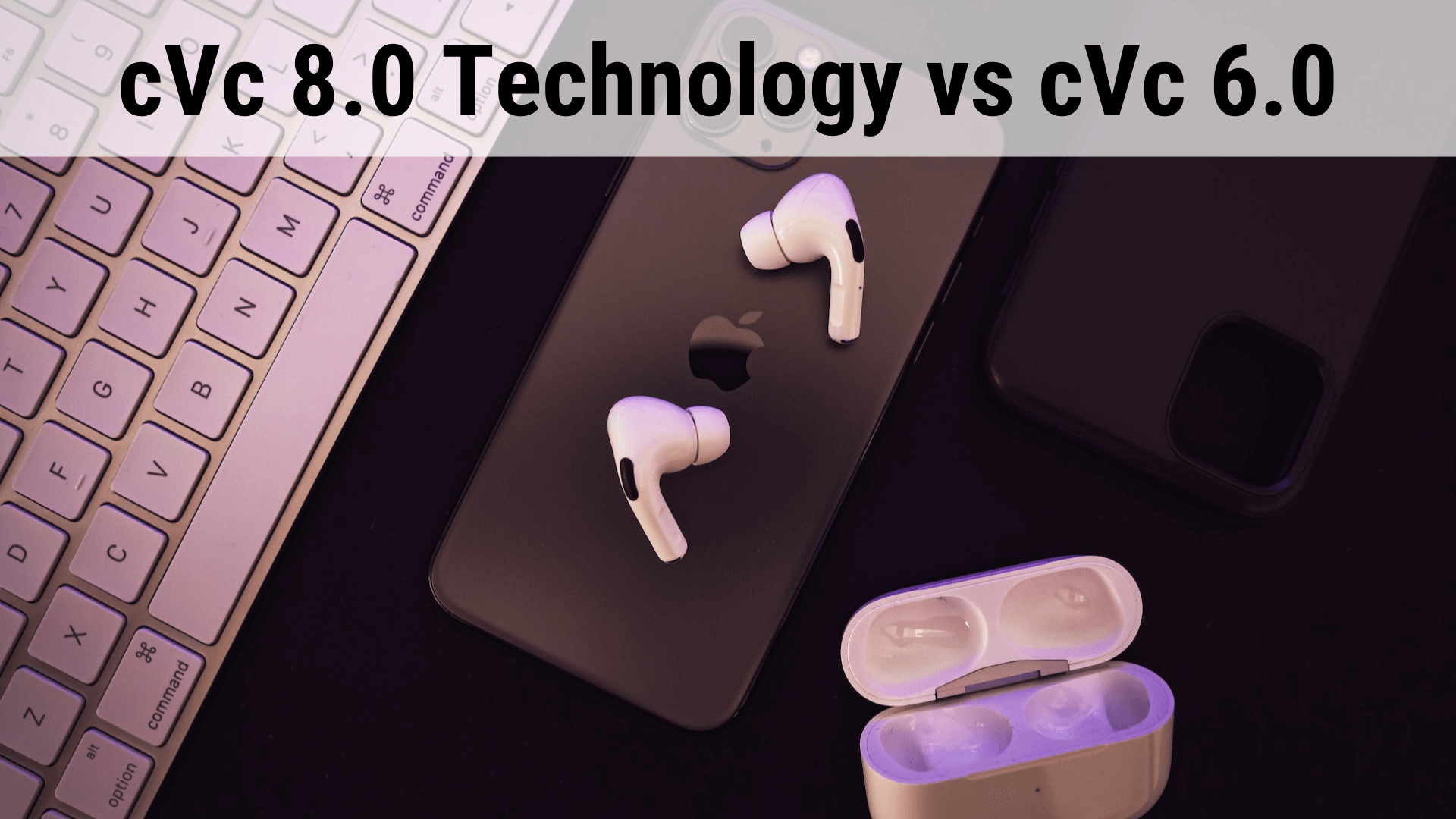Whether you find yourself constantly daydreaming about the latest TRANYA T6 or have already fallen under the spell of the sensational TRANYA T10, there’s more to choosing the right earbuds than meets the eye!
If you’re looking for a pair of ear tips to enjoy your favorite tunes, podcasts, or audiobooks, you might think that the choice between foam earbuds and silicone earbuds is a trivial one. After all, they both serve the same purpose: to fit snugly in your ears and deliver sound, don’t they? However, that’s just the tip of the iceberg!
Choosing the right ear tips can make a big difference in your listening experience. It’s not as simple as picking the cheapest or the most popular option. You need to consider many factors, such as your budget, your needs, how often and where you plan to use your earbuds, as well as how long you wear them! Perhaps the most important factor to consider is your own ear anatomy since every ear is unique and has different preferences.
Therefore, making the right choice is crucial as it can help you get the most out of your ear tips. So, if you are pondering over foam vs silicone earbuds and trying to reason which is better and why, be rest assured we got you covered here! Now, without further ado, let’s begin.
What are Foam Earbuds?

Foam earbuds have some unique characteristics that make them appealing to many listeners. They are ideal for listening to music in its true originality (at least as close to original as possible), watching movies, and doing sweat-breaking exercises.
What are Silicone Earbuds?

Silicone earbuds are a type of ear tip made from a soft, flexible, and inert material, known as silicone, that fits in your ears. They are more common and standardized than foam ear tips, which are spongier and more expandable.
Silicone earbuds also have their own unique characteristics that make them suitable for many listeners. They are ideal for casual listening, using voice assistants, or wearing in environments where you don’t need to block ambient noises.
Foam Earbuds

In our Foam Vs Silicon Earbuds comparison, we first discuss the advantages and disadvantages of foam earbuds.
· Advantages
Foam earbuds have many advantages that make them a great choice for many listeners.
One of the main benefits of foam earbuds is that they provide good ear sealing. This is the primary reason for their popularity as the foam molds into the shape of your inner ear when you plug it. This is particularly useful for people whose ears are widely different from each other. The molding effect creates a personalized fit that blocks out unwanted noise and also enhances the sound quality of your earbuds.
Another benefit of foam earbuds is the material itself. The memory foam used in foam earbuds has pores that help absorb wax, sweat, grease, and any dirt particles from your skin. This helps to ensure that they remain snugly fit in your ears and do not become slippery, such as after running on a long track or doing heavy-weight workouts. Consequently, foam earbuds can withstand sweat and moisture better than their silicone counterparts.
Yet another benefit of foam earbuds is that they drastically reduce the chances of irritation in the ear as well as exterminate any chances of ear infection, as the foam material is soft and gentle on the skin. They also fit quite easily in your ear since they expand and contract according to the size of your ear canal.
· Disadvantages
Where foam earbuds have a plethora of advantages, they also have some disadvantages that you should also be aware of before buying them.
Where good ear sealing is the primary benefit of foam earbuds, it is also the main drawback. Because they completely block out outside noise, foam earbuds are not suitable for potentially dangerous environments. For example, if you are walking on a road and wearing foam earbuds, you may not be able to hear the sound of a car horn or a tire screech and may get into an accident.
Another drawback of the foam earbuds is that they tend to become dirty real quick. The pores in the material tend to collect all the wax, dirt, grease, and sweat over time. This can soon accumulate and start appearing as visible nasty stains on the foam earbuds. This is why they require regular cleaning, however, it's easier said than done.
Speaking of which, yet another drawback of foam earbuds is that they require careful cleaning, something which not everyone can do. The cleaning process involves removing the foam tips from the earbuds, washing them with mild soap and water, squeezing out the excess water, and letting them air dry completely before putting them back on the earbuds. You should also avoid using alcohol or other harsh chemicals to clean them, as they can damage the foam material.
In addition, foam earbuds have a low life span and need regular changing, as they can wear out relatively quickly and lose their shape and elasticity. Low-quality foam earbuds can wear thin within a week, whereas high-quality foam earbuds can last about 2-3 months.
Silicone Earbuds

We now shift our attention to silicon earbuds in our Foam Vs Silicon Earbuds comparison.
· Advantages
Silicon earbuds need no introduction as they are widely popular and standardized.
One of the main benefits of silicon earbuds is that they come in three types: single, double, and triple flanges. And this makes them cater to the need of most people. Single-flange earbuds have one layer of silicon that fits in your ear canal. Double-flange earbuds have two layers of silicon that create a better seal and improve sound quality. Triple-flange earbuds have three layers of silicon that offer the best seal and noise isolation.
Another benefit of silicon earbuds is that they come in a variety of shapes, such as round, oval, or conical. You can choose the shape that suits your ear anatomy and preference. Silicon earbuds are also easy to clean, as they can be wiped with a damp cloth or alcohol swab.
Moreover, silicon earbuds are also safe for working in dangerous or sensitive environments. They don’t block out ambient noise completely, so you can still hear what’s going on around you. For example, you don’t have to worry about your boss calling you as you’ll be able to hear him although a bit lower.
Silicon earbuds are also chemically inert, which means they don’t react with your skin or cause allergies. For people with highly sensitive skin, silicon earbuds then become the ideal go-to option. Their chemically inert nature also drastically increases their lifespan, making them durable and better for long-term usage.
· Disadvantages
Silicon earbuds also have some disadvantages that you should be aware of before buying them. One of the main drawbacks of silicon earbuds is that they don’t provide good ear sealing, even with different flanges options. You can never achieve complete sound isolation with silicone earbuds, as they always let some ambient noise in. And this, in turn, can affect the sound quality and clarity of your earbuds, especially in noisy environments.
Another disadvantage of silicon earbuds is that they are not recommended for exercising or running, as they get slippery upon contact with moisture, sweat, and/or grease. They become difficult to handle as they tend to come out with every second or third bump you get. This can be annoying and frustrating, as you have to constantly adjust or reinsert your earbuds. However, TRANYA’s
Difference Between Foam Earbuds and Silicone Earbuds

Now that you have a good idea of each earbud type, let us now channel our information into the most important categories you should consider before buying earbuds. In other words, we will now talk in terms of comfort, durability, sound quality, noise isolation, and most importantly, the price difference between Foam Earbuds and Silicone Earbuds.
· Comfort
When it comes to comfort, foam earbuds are generally the best option. Foam earbuds are made of spongy, expandable material that molds to the shape of your ear canal. This creates a personalized fit that feels like a soft pillow in your ears. Foam earbuds also have pores that absorb moisture and sweat, keeping your ears dry and comfortable.
· Durability
When it comes to durability, silicone earbuds are generally the best option. Silicone earbuds are made of soft, flexible material that is resistant to wear and tear. Silicone earbuds can last for a long time, as they don’t lose their shape or elasticity easily. Silicone earbuds are also easy to clean, as they can be wiped with a damp cloth or alcohol swab.
· Sound Quality
When it comes to sound quality, foam earbuds are generally the best option. As said above, foam earbuds are made of spongy, expandable material that molds to the shape of your ear canal. This creates a tight seal that blocks out ambient noise and enhances the sound quality of your earbuds.
· Noise Isolation
When it comes to noise isolation, foam earbuds are generally the best option. Noise isolation is the ability of earbuds to block out ambient noise and prevent sound leakage. Since foam earbuds are made of spongy, expandable material that molds to the shape of your ear canal, they create a tight seal that blocks out ambient noise and prevents sound leakage.
· Price
When it comes to price, silicone earbuds are generally the best option. Silicone earbuds are made of soft, flexible material that is cheap and easy to produce. They are more common and standardized than foam ear tips and come in different shapes and sizes to suit different ear canals. Silicone earbuds are also easy to clean and durable, which means they don’t need to be replaced often.
Final Thoughts

As seen above, one just cannot make the “perfect” decision when it comes to Foam Vs Silicone Earbuds. Both sides have their own pros and cons. Consequently, a comprised decision has to be made. However, the final decision depends upon your needs and how you will use it.
What do you think? Share your thoughts with us and let us know in the comments below!



